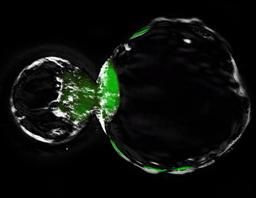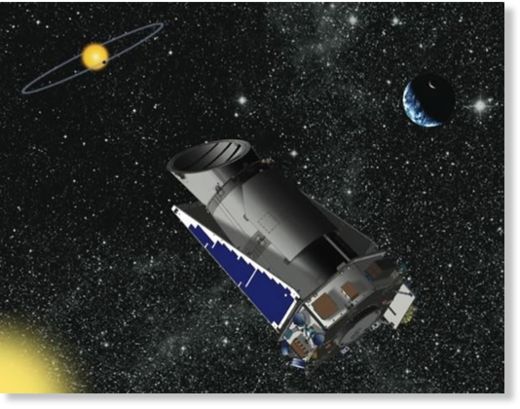
Researchers from the New York Stem Cell Foundation Laboratory have discovered what has previously prevented cloning methods from working properly, thus achieving a self-reproducing line of embryonic stem cells.
There have been many issues with cloning in the past. For instance, large numbers of human egg cells are required for the process, which are difficult to obtain, and there are ethical questions associated with the use of eggs in such research. While the introduction of induced pluripotent stem (iPS) cells have dodged some of the ethical issues, they do not act entirely like embryonic stem cells.
In some cases, egg cells will just stop developing at some point. Even in some instances where adult DNA was successfully inserted into an egg cell to create a clone in animal models, such as Dolly the sheep, they can grow to have health problems and die at an early age.










